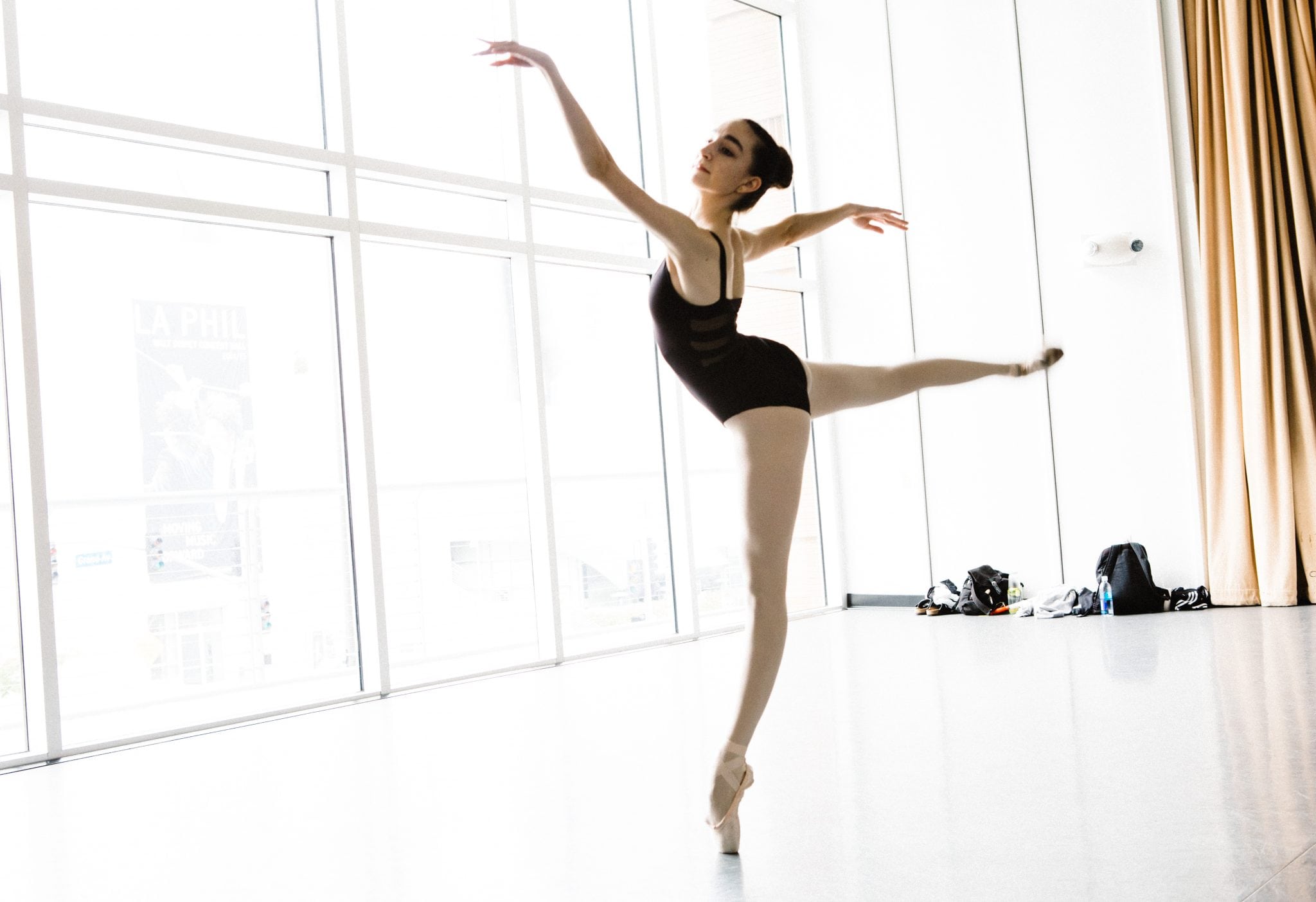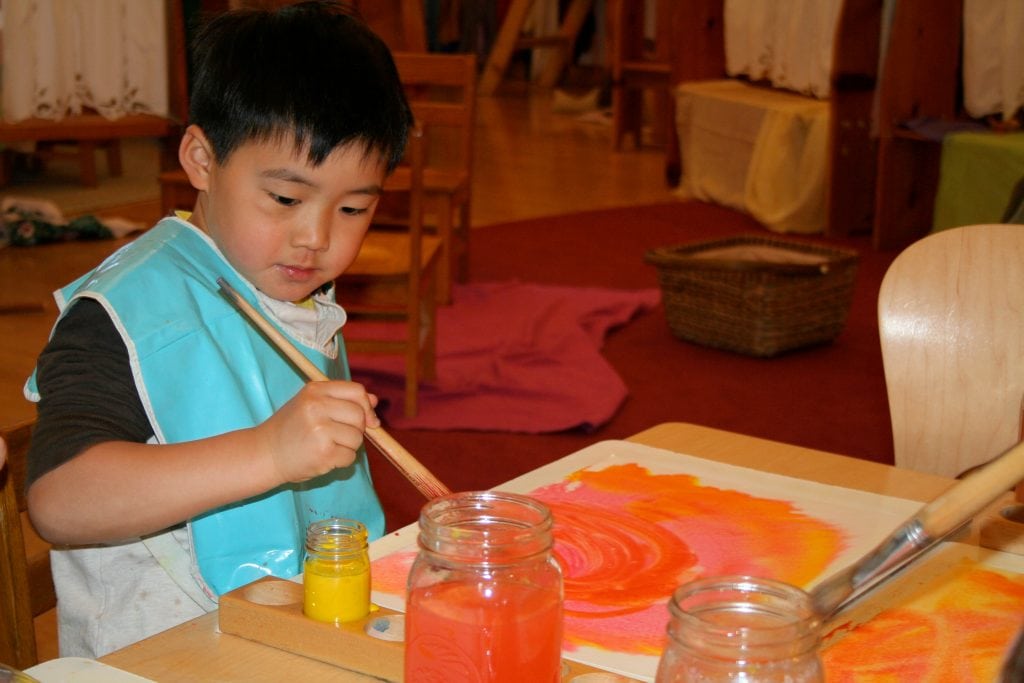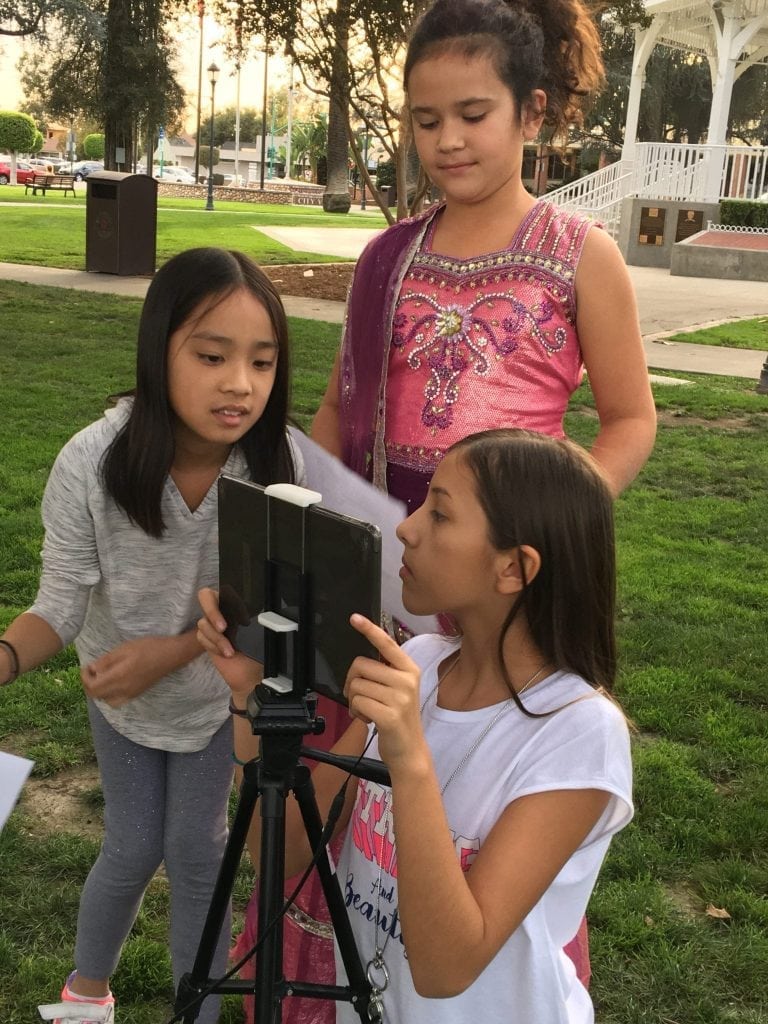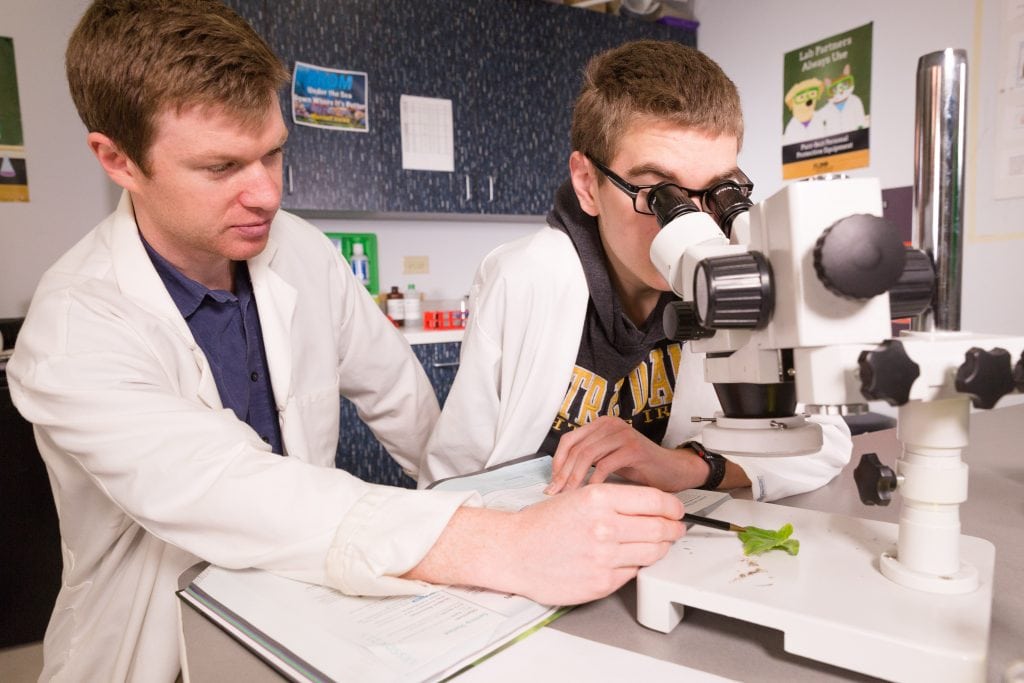
Colburn School in downtown L.A.’s arts corridor offers world-class instruction in music and dance. PHOTO COURTESY COLBURN SCHOOL
Living in the L.A. area is not without its challenges. However, when it comes to our children’s education, we’re fortunate to have a diverse array of options.
Parents here choose a nontraditional approach to education for myriad reasons, from dissatisfaction with traditional schools (public and private), to a desire for a more tailored approach for gifted or socially anxious children. It’s also not uncommon for children involved in the arts or competitive sports to require more flexible schedules. Whatever the reason, there are alternatives for nearly any child or situation – if you know where to look.
A Developmental Approach
Among L.A.’s handful of Waldorf schools, 1,000 of which are spread around the globe, Highland Hall is located on a bucolic 11-acre campus in Northridge. What’s nontraditional about Waldorf? Plenty, starting with the school’s developmental approach to learning and thorough integration of arts into academics.
Every child at Highland Hall (and other Waldorf schools) will play two instruments – one string instrument and one wood instrument – by the time they graduate. They may also choose to be in the choir. Visual arts and even woodworking are integrated into the curriculum from kindergarten through high school.
It’s all about teaching the whole child through all of the different senses, according to Santa Clarita Valley dad Jon Gardner, who sent both of his children to Highland Hall (his wife also graduated from a Waldorf school). “By working with all the different senses, you’re actually learning what’s going to work best for you,” explains Gardner, whose children are now 20 and 21 and are pursuing civil engineering degrees.
Integrated lessons are tackled from many different angles. Music is tied into math, and a geometry lesson may include painting or sculpting. Highland Hall’s approach is also based on Rudolf Steiner’s philosophy on human development – both mental and physical.
“Each grade is a developmental passage that has a particular focus,” explains Kathy Andersen, a Highland Hall teacher who has worked in Waldorf schools for 30 years and sent both of her children through Waldorf programs. “We’re still bringing in the academic core curriculum, but it’s enhanced by a rich cultural exposure that helps students develop an understanding of other cultures.”

Highland Hall Waldorf School in Northridge integrates visual arts into the curriculum from kindergarten through high school. PHOTO COURTESY HIGHLAND HALL
In fifth grade, Anderson explains, kids’ breathing becomes regulated and their bodies come into balance. What better time to study Ancient Greece? The lessons culminate with a pentathlon Olympic games celebration, where fifth graders from area Waldorf schools gather to compete.
“What it ultimately leads to is a wider perspective than most kids their age have when they graduate high school,” says Gardner. “The other thing that my kids took away is a sense of adventure in learning.”
Progressive Immersion
Five years ago, Silver Lake mom Tamara Hernandez was troubled by the limitations of her daughter’s education at a public language-immersion school. She noticed that her daughter’s friends seemed to be gaining confidence and heightened articulation from a private education with small classes and exposure to the arts.
Hernandez found herself wishing for a small private school that offered immersion in Mandarin and Spanish. After an inspired conversation, a friend turned to her and said, “Why don’t you just start your own school then?” In 2014, Hernandez opened the doors to Oasis Trilingual Community School in Temple City.
In addition to dual immersion, arts and science, Oasis students learn everything from music and robotics to yoga, dance, gardening and cooking. The school offers a progressive education that’s focused on the whole child. “It’s not about testing. It’s not about drills. It’s not about worksheets,” says Hernandez.
Like Waldorf, Oasis offers an integrated approach. “How can music connect with what’s being taught in social studies right now?” Hernandez asks. “How can we do social studies and Spanish?” Hernandez wants Oasis students to understand math because they see how it applies to the real world – not just to get an A.
The focus is on making everything connect, “so kids understand how the world really works from a broader perspective,” Hernandez says. “So they can apply what they’re learning when they get out.”
Oasis recently expanded, and now offers instruction from kindergarten through eighth grade, plus a home-school component where students are on campus three days a week. The intimate school currently has about 50 students and expects to grow to a maximum of 160 to 180 students.
Hernandez’s daughter is now a “studious” sixth grader fluent in Mandarin and Spanish. “I wanted her to be intellectually stimulated, really curious and to love to learn,” Hernandez says. “And to understand the importance of that.”

Student filmmakers at Oasis Trilingual Community School collaborate. PHOTO COURTESY OASIS TRILINGUAL COMMUNITY SCHOOL
And after four years at Oasis? “Wow,” Hernandez says, “she’s everything I was dreaming about. It happened.”
Balancing Academics and Performing Arts
A stone’s throw from The Broad, the Museum of Contemporary Art and Walt Disney Concert Hall in the heart of downtown’s dynamic arts corridor, the Colburn School offers students of all ages world-class instruction in music and dance. “Our focus is to give any student who comes here a deeply enriching arts education,” says Colburn School provost Adrian Daly.
While students of all skill levels are welcome to study at Colburn’s Community School of Performing Arts, the Music Academy and Dance Academy are designed for pre-professional high school students who plan to pursue careers in music and dance.
So where do academics fit into the rigorous schedules of serious young performers? Flexibility is key. Academy students, who are often international, generally either attend boarding school at American University Preparatory School (AUP) down the street, or pursue an education through the online, private Laurel Springs School.
A new partnership with the Oak Crest Academy for gifted and talented students will offer serious young musicians and dancers studying at Colburn a new, more integrated approach to academics. Starting this fall, a dedicated Oak Crest teacher will work in a new learning center on Colburn’s campus to make it easier for Academy students to complete their high school education in conjunction with specialized training in music or dance. The teacher will guide students through coursework, much of which will be online.
Jeannie A. Gudith, founder and president of Oak Crest Academy, says the new program allows efficiency and flexibility for families seeking more time to pursue their music studies, while offering a rigorous academic education. This option will only be open to Academy students the first year, but Daly says Colburn hopes to extend the option to Colburn’s Community School students in the coming years.
One-On-One Instruction
Young prodigies aren’t the only candidates for a flexible approach to academics. While athletes, actors and artists are certainly among Halstrom Academy’s students, the school’s personalized, one-on-one approach is also well suited for socially anxious kids and unique learners with ADHD, ADD or dyslexia.
“With just one student and teacher in a class, the student gets 100 percent of the teacher’s focus,” says Halstrom’s Erin Grant. “Teachers are able to tailor their teaching to each student’s learning style and interests. Students who don’t thrive in a traditional school setting find a focused, nurturing learning environment at Halstrom, where they can succeed in school at their natural pace.”
Halstrom has six campuses around L.A. and offers classes for middle- and high-school students. If you think a one-on-one environment sounds isolating, think again because Halstrom is focused on creating a connected community. Beyond class, students have ample time to work and socialize together.

At Halstrom Academy’s six campuses, one-on-one instruction gives each student 100 percent of the teacher’s attention. PHOTO BY DEZIREE LITTLE
Every campus has a “HangOut,” where kids socialize, play music or just watch TV together. “The Study” provides an ideal place to work, with workstations and a computer lab. Campus activities – including clubs, regional field trips with students from other Halstrom campuses and even a prom – are similar to those at traditional schools.
After extensive research and stints in public and private schools, homeschool and tutoring, Westlake Village parent Lisa Bucaro enrolled her 13-year-old son in Halstrom. Now 17, Bucaro’s athlete son will be graduating early, thanks to year-round classes that go through the summer.
“At Halstrom, my son can concentrate on the sport he excels at and the direction he is going,” says Bucaro. “He learns better because of the one-to-one teaching. This type of teaching keeps him interested and gives him the opportunity to ask questions so he can really understand the material.”
This approach also takes some pressure off Bucaro. “I can be a supportive mom and enjoy doing the ‘fun stuff’ with my kids instead of acting like a drill sergeant,” she says. “Halstrom is great about helping your child understand the material. If the child doesn’t understand a concept one way, they come up with another way of teaching.”
And that, really, is the point. When schools adapt to students’ needs – whether those are scheduling issues, learning differences or special interests – parents are free to be parents and kids are free to learn.
Melissa Gage has been an L.A.-based freelance writer for more than 15 years, and is the mother of one son.


























